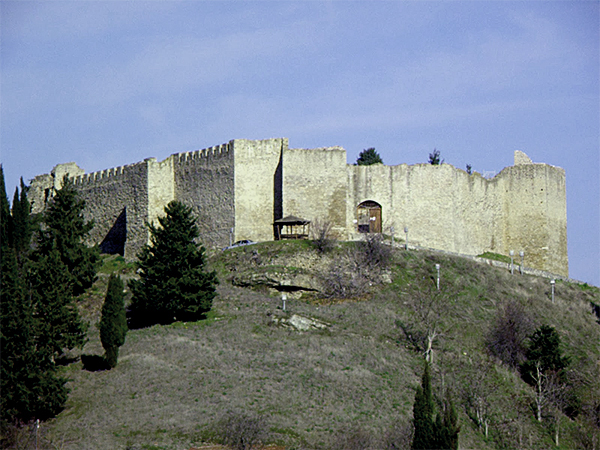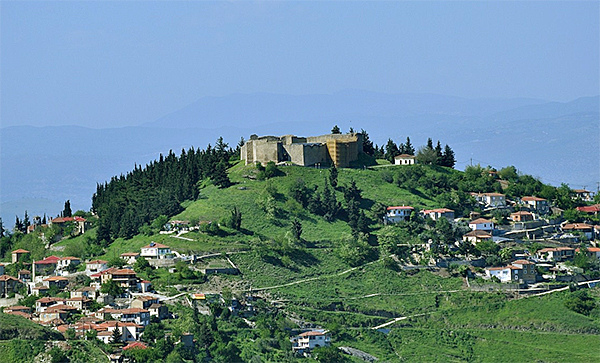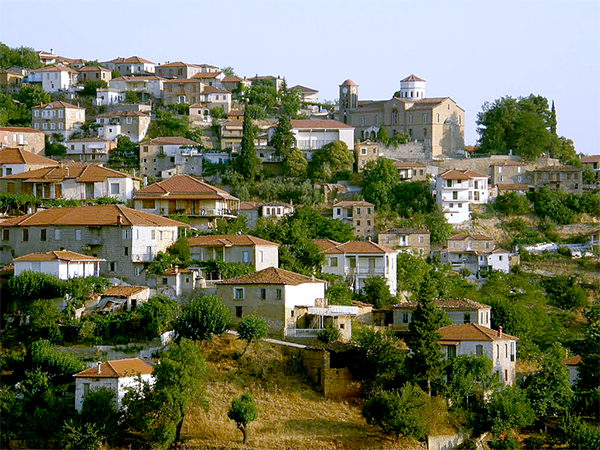| The municipality of Ithomi (according to Kallikrates plan 2011 belongs to Mouzaki municipality) is located at the northwest side of the prefecture of Karditsa and borders with the municipalities of Mitropolis and Plastiras. It's seat is the historic Fanari, with the majestic castle. It was created from the union of the boroughs of Fanari, Kanalia, Loxada, Kappa, Harma, Pirgos Ithomis, Aghios Akakios and Ellinopirgos. The municipality's population, according to the 2001 censuc, comes up to 3.125 people. The Translation and Procession of the Holy Skull of St. Seraphim is celebrated with special dignity in the holy church of the same name at Fanari. It is an important religious ceremony for the municipality of Ithomi as well as for the prefecture, as Saint Seraphim is the patron saint of Karditsa. The recent interventions in the road network connecting the villages of the municipality of Ithomi with Plastiras Lake (kanalia - Plastiras Lake and Ellinopirgos - Plastiras Lake) create new alternative itineraries of cultural and natural interest for the visitors of the prefecture of Karditsa going to Plastiras Lake. The Castle at Fanari, the acropolisarea of ancient Ithomi, the beautiful stone houses at Kanalia and the other villagesconstitute the most important monuments of cultural heritage in the municipality of Ithomi. The long history of the region is also depictedin the municipality's emblem. It shows Podaleirios, father of Hippocrates, the "father" of medicine, and one of the leaders of the Trikki, Ithomi and Oihalia League that participated in the Troy war with thirty boats. |
| Fanari |



